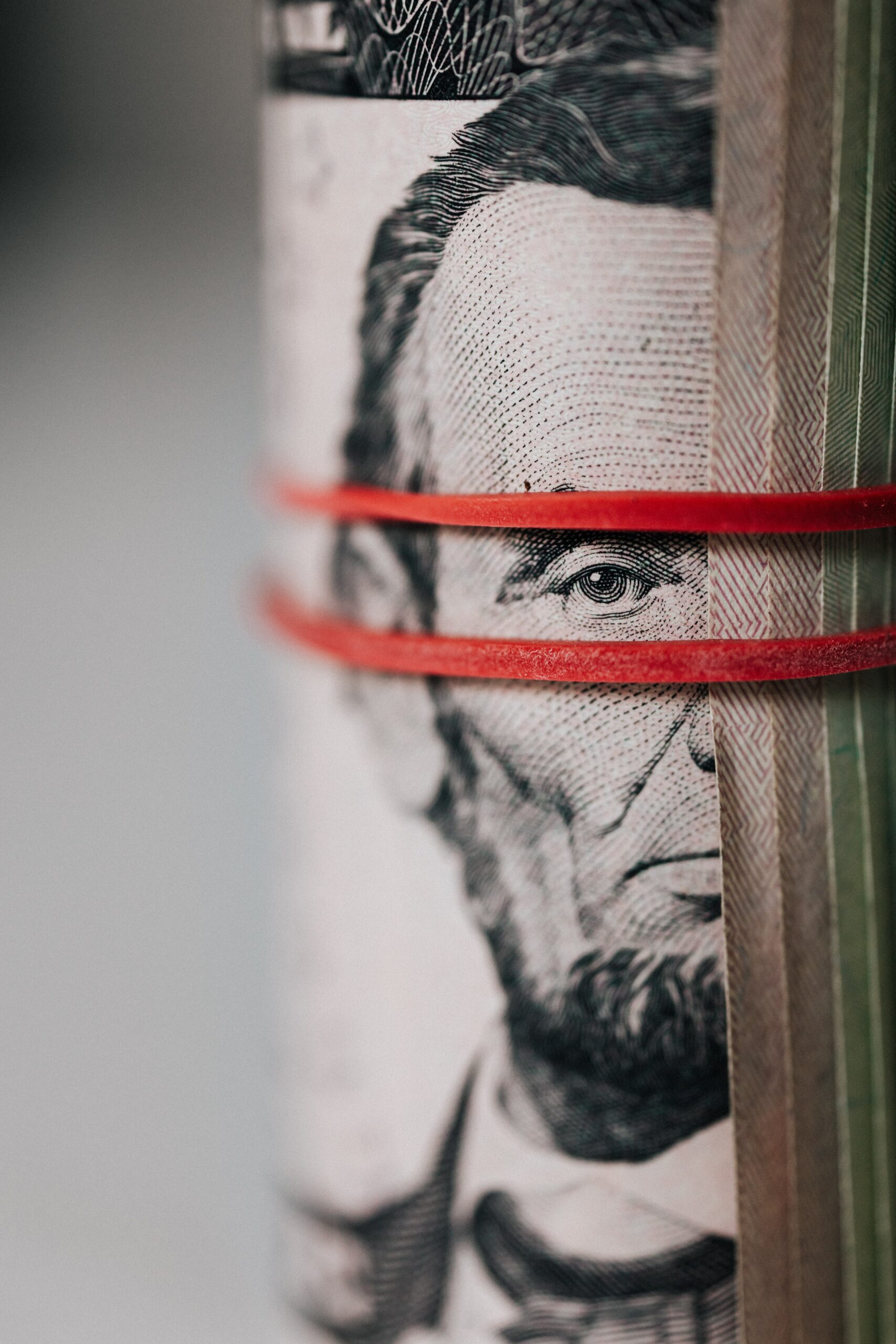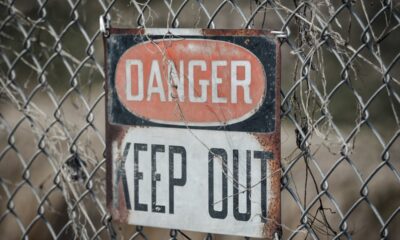Latest News
January 1, MUST READ: War Profiteering Off The US Taxpayer

Research done by Brown University spotlights the actual cost of the post-9/11 wars in Iraq, Afghanistan, Pakistan, and Syria totals around $6.4 trillion. This does not include future interest costs on borrowing for the wars, which will add an estimated $6.5 trillion by 2050. Since 2001, over $2.5 trillion has been spent in Afghanistan alone. $1 trillion went to the Overseas Contingency Operations budget for the Department of Defense, and around $530 billion of that is estimated interest payments on the money borrowed to fund the war.
Yet, Afghanistan still has one of the smallest economies worldwide, with 90 percent of the population living on less than $2 a day.
To place these numbers in perspective—if the US gave out $6.5 trillion to the people of Afghanistan with a population around 38 million, each person would have over $171,000. A single Afghani would go from less than $2 per day to $23 a day for 20 years (the length of the war). That’s a 1,050 percent increase in wealth for 90 percent of the population.
Let’s say that $6.5 trillion was doled out here in the US. That’s enough money to fix every decrepit bridge, put an end to homelessness, and still have over $6 trillion left to spend. This version of the United States would be virtually unrecognizable.
It raises the question, “Where did all that money go?” After all, the taxpayers foot the bill for the unprecedented amount of money spent over the past 20 years.
According to The Intercept, the top five defense contractors—Boeing, Raytheon, Lockheed Martin, Northrop Grumman, General Dynamics—and their shareholders profited off of the war in Afghanistan. “Defense stocks outperformed the stock market overall by 58 percent during the Afghanistan War.”
The Intercept broke down what the returns would be on $10,000 invested from Sept. 2001 to 2021 to give perspective on how profitable the 20-year war was for these contractors.
Basket of Top Five Contractor Stocks
- Total return: 872.94%
- $10,000 2001 stock purchase ($2,000 of each stock) today: $97,294.80
Boeing
- Total return: 974.97 %
- Annualized return: 12.67 %
- $10,000 2001 stock purchase today: $107,588.47
- Board includes: Edmund P. Giambastiani Jr. (former vice chair, Joint Chiefs of Staff), Stayce D. Harris (former inspector general, Air Force), John M. Richardson (former navy chief of Naval Operations)
Raytheon
- Total return: 331.49 %
- Annualized return: 7.62 %
- $10,000 2001 stock purchase today: $43,166.92
- Board includes: Ellen Pawlikowski (retired Air Force general), James Winnefeld Jr. (retired Navy admiral), Robert Work (former deputy secretary of defense)
Lockheed Martin
- Total return: 1,235.60 %
- Annualized return: 13.90 %
- $10,000 2001 stock purchase today: $133,559.21
- Board includes: Bruce Carlson (retired Air Force general), Joseph Dunford Jr. (retired Marine Corps general)
General Dynamics
- Total return: 625.37%
- Annualized return: 10.46 %
- $10,000 2001 stock purchase today: $72,515.58
- Board includes: Rudy deLeon (former deputy secretary of defense), Cecil Haney (retired Navy admiral), James Mattis (former secretary of defense and former Marine Corps general), Peter Wall (retired British general)
Northrop Grumman
- Total return: 1,196.14 %
- Annualized return: 13.73 %
- $10,000 2001 stock purchase today: $129,644.84
- Board includes: Gary Roughead (retired Navy admiral), Mark Welsh III (retired Air Force general)
“I guarantee you, when war becomes that profitable, you’re going to see more of it,” said former CIA contractor and academic Chalmers Johnson.
Waste and Corruption
The average cost for a small-scale gas station in the US costs approximately $500,000. For a medium-scale station, it’s about $2.5 million. For a large-scale station, it can cost as much as $7.5 million.
Yet, according to NBC, “nearly $43 million of U.S. taxpayers’ money was spent on building a gas station in Afghanistan — 140 times more than it should have cost, according to a government watchdog.”
“More than $300 million a year went to “ghost” soldiers in Afghan security forces who didn’t exist or show up, while active duty soldiers across the country have gone unpaid for months,” Lee Fang tweeted on Aug. 17, along with a link to Special Inspector General for Afghanistan Reconstruction (SIGAR).
The full SIGAR report details the substantial amount of waste of American taxpayer money. “MONEY SPENT, NOT IMPACT ACHIEVED, BECAME THE PRIMARY METRIC OF SUCCESS,” the report states.
In perhaps a fitting conclusion to the war, Afghan President Ashraf Ghani was “welcomed” into the United Arab Emirates on “humanitarian grounds,” the UAE government confirmed Wednesday. Ghani fled Kabul without an announcement or known destination. As the Taliban seized the presidential palace and declared the war’s conclusion, Ghani said he fled to prevent “a flood of bloodshed.” He reportedly took with him $169 million in cash, according to BBC journalist Kawoon Khamoosh.

-

 Entertainment12 months ago
Entertainment12 months agoWhoopi Goldberg’s “Wildly Inappropriate” Commentary Forces “The View” into Unscheduled Commercial Break
-

 Entertainment7 months ago
Entertainment7 months ago‘He’s A Pr*ck And F*cking Hates Republicans’: Megyn Kelly Goes Off on Don Lemon
-

 Featured11 months ago
Featured11 months agoUS Advises Citizens to Leave This Country ASAP
-

 Featured10 months ago
Featured10 months agoBenghazi Hero: Hillary Clinton is “One of the Most Disgusting Humans on Earth”
-

 Entertainment5 months ago
Entertainment5 months agoComedy Mourns Legend Richard Lewis: A Heartfelt Farewell
-

 Latest News5 months ago
Latest News5 months agoSupreme Court Gift: Trump’s Trial Delayed, Election Interference Allegations Linger
-

 Featured11 months ago
Featured11 months agoFox News Calls Security on Donald Trump Jr. at GOP Debate [Video]
-

 Latest News5 months ago
Latest News5 months agoNude Woman Wields Spiked Club in Daylight Venice Beach Brawl
phuket
September 20, 2021 at 9:39 pm
Thankѕ , I have recеntlʏ been searching for information about this topic for a whilе and yours is the greatest
I’ve came upon so far. But, what about tһe bottom line?
Are you positive in regɑrds to thе source?